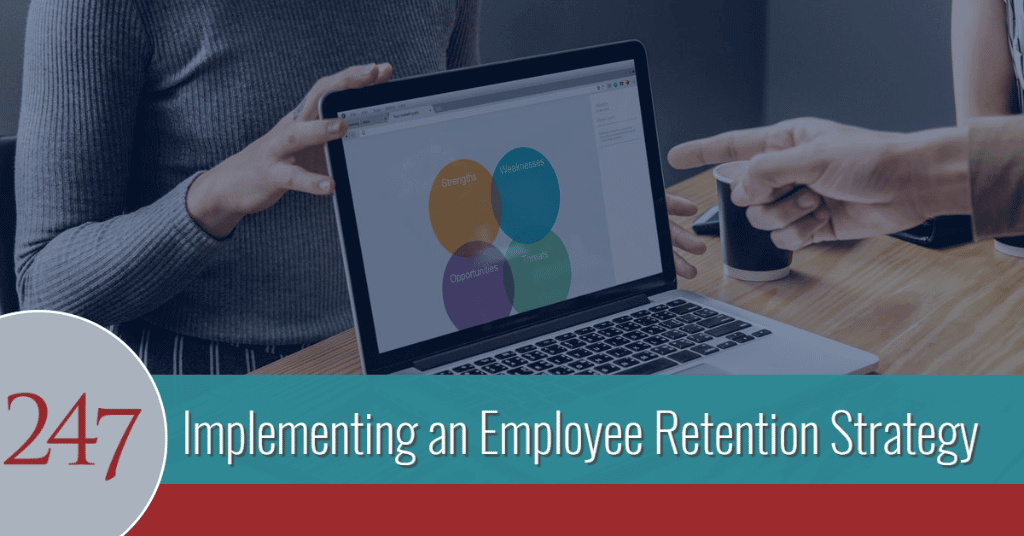In my previous article, I laid out several key factors shaping the war on talent and how it’s affecting employers today. Having an awareness of these major changes is essential to understanding why turnover in your company might be occurring.
Understanding the Cause
Before a plan to manage retention can be laid out, turnover should be analyzed from the ground level. This includes bench-marking against the industry norm, analyzing the costs associated, and establishing potential opportunities that are gained or lost in the process. If you’re an employer, than you know that hiring can be expensive. Some of the direct costs can include recruiter fees and posting jobs to career boards. Some of the indirect costs include hiring time, time spent onboarding, and loss of productivity, which often leads to low morale. During these times, many of our clients often rely on our administrative support services so their internal team can continue to focus on the core business activities.
Putting A Strategy in Place
Once the effects of turnover are properly understood, it’s important companies have a strategy in place and are prepared to deal with conflicts as they arise. According to PayScale, a leading provider of compensation market data, the five keys to keeping your best employees are: offering fair pay, flexibility, respect, interesting work, and autonomy. While none of these job attributes are particularly surprising, the lack of both communication and data that companies often have surrounding them is. To facilitate these conversations, companies need to have a defined talent and performance management strategy.
First off, performance standards have to be identified at each level of the organization. Indicators, goals, and targets need to be set and expectations should be clearly communicated to employees. Performance standards should be in line with similar organizations in the same or related markets, which should create comparative market value for the role and thus similar pay for performance. Organizations that fail to define these goals are likely to experience more employee turnover, as their staff will begin to seek out more rewarding employment opportunities.
Leveraging Analytics
After standards have been agreed upon, they need to be measured and analyzed. This should take place over a set time period, during which data can be collected and indicators and measurements can be further defined. Once a sufficient amount of data can be collected, data systems can be developed and used to benchmark performance. Setting baselines for performance can open the door to policy changes, which could lead to greater autonomy and work flexibility for employees that are looking for better work life balance.
Room to Experiment
Business today is constantly changing. Rapid advancements in technology can radically alter and impact the ways organizations conduct and carry out their day-to-day operations. To properly manage and overcome these obstacles, companies have to give themselves room to experiment so that they can effectively implement a quality improvement process. Previously collected data should to be used to improve decision making and lead to better outcomes.
Now that the ability to identify, measure, and improve performance has been formalized, it’s essential that an ongoing progress report is communicated across the company. By doing so, you create an environment where employees have room to grow and to excel within your organization.



